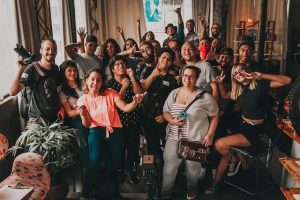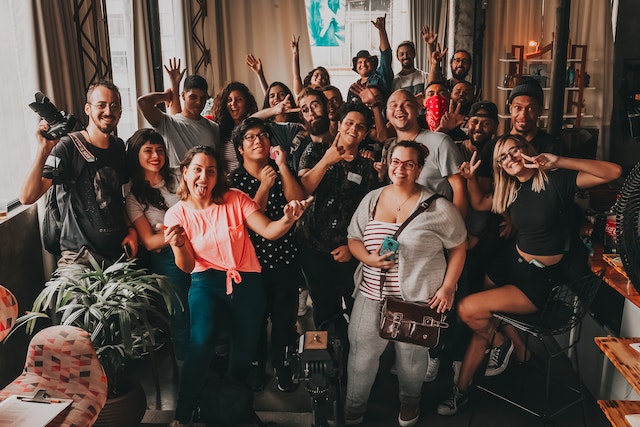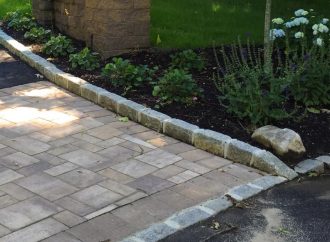Overcoming Language Barriers for Improved Health Literacy and Cultural Understanding Language barriers can significantly impact an individual’s ability to understand healthcare information effectively, resulting in low health literacy levels. In multicultural societies, Language Barriers for Improved Health addressing these barriers is crucial for providing equitable care and fostering cultural understanding. This article Language Barriers for
Overcoming Language Barriers for Improved Health Literacy and Cultural Understanding
The Impact of Language Barriers on Health Literacy
-
Limited Comprehension: Patients who do not speak the dominant language may struggle to understand medical terminology , instructions, or explanations provided by their healthcare providers.
-
Miscommunication: Communication gaps due to language differences can lead to misunderstandings regarding symptoms , treatment options, medication usage, or follow-up care.
-
Reduced Patient Engagement: When patients cannot fully comprehend their conditions or participate in shared decision-making with their providers due to language barriers, it negatively affects their overall engagement with the healthcare system.
Strategies to Improve Communication in Healthcare Settings
-
Professional Interpretation Services: Utilize professional interpreters who are trained in medical terminology and familiar with cultural nuances. They can facilitate accurate communication during consultations while maintaining confidentiality.
-
Translation of Written Materials: Translate important written materials such as consent forms , discharge instructions, educational brochures into multiple languages commonly spoken by the patient population served.
-
Multilingual Staff Training: Provide training programs for healthcare staff members that focus on developing basic proficiency in commonly encountered languages within the patient community. This can help establish rapport and build trust with patients.
-
Cultural Sensitivity Education: Offer educational sessions to healthcare providers aimed at increasing awareness about different cultures’ beliefs , practices, and values. This promotes better understanding and respect when interacting with patients from diverse linguistic backgrounds.
Technology Solutions for Bridging Language Gaps
-
Telemedicine Platforms: Telemedicine platforms equipped with built-in translation services enable real-time interpretation during virtual consultations, ensuring effective communication between providers and patients who speak different languages.
-
Mobile Applications: Mobile applications specifically designed for medical consultations provide instant access to professional interpreters via video or audio calls, facilitating seamless communication regardless of language differences.
Promoting Cultural Understanding through Patient Engagement
-
Culturally Sensitive Educational Materials: Create educational materials that consider the cultural beliefs , practices, and preferences of the target population served. These materials should be available in multiple languages to ensure inclusivity.
-
Patient Feedback on Language Accessibility: Actively seek feedback from patients regarding their experience with language accessibility during healthcare encounters. This feedback can inform improvements in communication processes.
-
Community Involvement: Involve community leaders , advocates, or representatives from linguistically diverse populations in decision-making processes related to healthcare policies , programs, or initiatives. Their insights contribute to more culturally appropriate care delivery.

Photo by Matheus Bertelli: https://www.pexels.com/photo/positive-diverse-people-making-faces-at-camera-3856033/





















Leave a Comment
Your email address will not be published. Required fields are marked with *